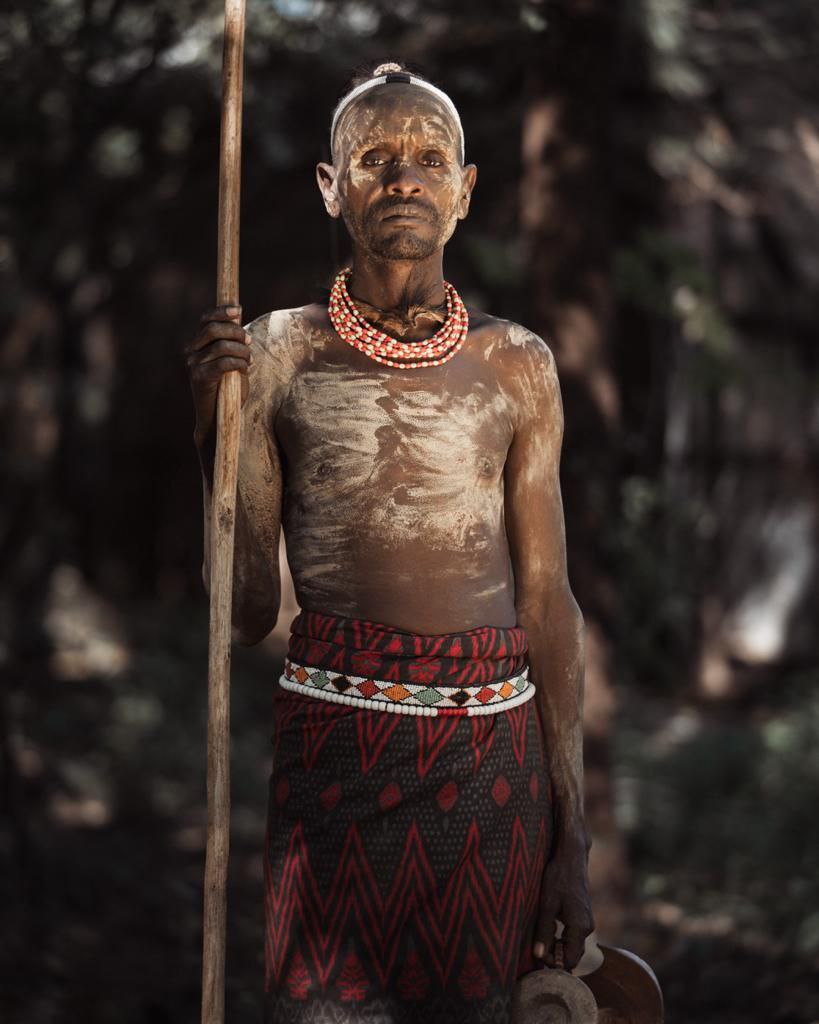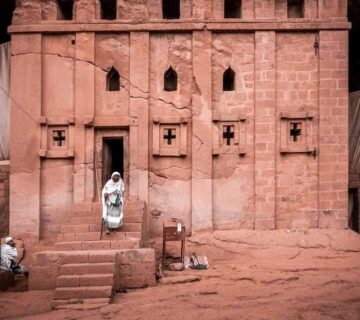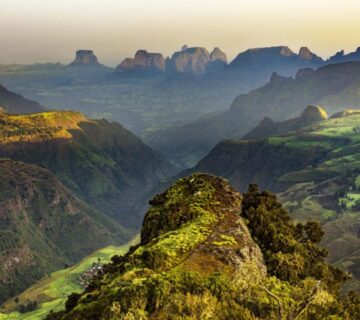The Omo Valley Tribes are a diverse group of indigenous communities located in the southwestern part of Ethiopia, near the Omo River. This region is known for its rich cultural heritage, unique traditions, and stunning natural beauty. The tribes that inhabit this area have managed to preserve their way of life for centuries, despite the encroachment of modernization.
One of the most prominent tribes in the Omo Valley is the Hamar people. The Hamar are known for their distinctive hairstyles, which involve intricate braids and the application of a mixture of red ochre and animal fat to their hair. They are also recognized for their bull-jumping ceremony, a rite of passage for young men that symbolizes their transition into adulthood. During this ceremony, the young man must successfully jump over a line of bulls four times without falling.
Another notable tribe in the Omo Valley is the Mursi people. The Mursi are renowned for the lip plates worn by their women. Starting at a young age, Mursi girls have their lower lips pierced, and progressively larger clay or wooden plates are inserted over time. This practice is considered a sign of beauty and status within the community. The Mursi are also skilled in body painting and scarification, using natural pigments and tools to create intricate patterns on their skin.
The Karo people are another fascinating tribe in the Omo Valley. They are known for their body painting, using white chalk and natural pigments to create elaborate designs on their faces and bodies. The Karo are also skilled in body scarification, using thorns or razor blades to create raised patterns on their skin. They are primarily pastoralists, relying on cattle herding for their livelihood.
The Nyangatom, Dassanech, and Bodi tribes are also present in the Omo Valley, each with their own unique customs and traditions. The Nyangatom are semi-nomadic pastoralists, known for their cattle herding and fishing skills. The Dassanech people are skilled farmers and fishermen, living along the banks of the Omo River. The Bodi tribe is known for their traditional ceremonies, such as the Ka’el bull jumping ceremony, which is similar to the Hamar bull-jumping ritual.
The Omo Valley Tribes have faced various challenges in recent years, including the impact of climate change, encroachment on their lands, and the influence of modernization. However, efforts are being made to preserve their cultural heritage and promote sustainable tourism in the region. Visitors to the Omo Valley have the opportunity to witness these unique tribes, learn about their customs, and appreciate their rich cultural traditions.
It is important to approach these communities with respect and sensitivity, as they are not tourist attractions but living cultures with their own values and beliefs. Responsible tourism practices, such as hiring local guides and supporting community-based initiatives, can help ensure that the Omo Valley Tribes continue to thrive while preserving their way of life for future generations.






No comment